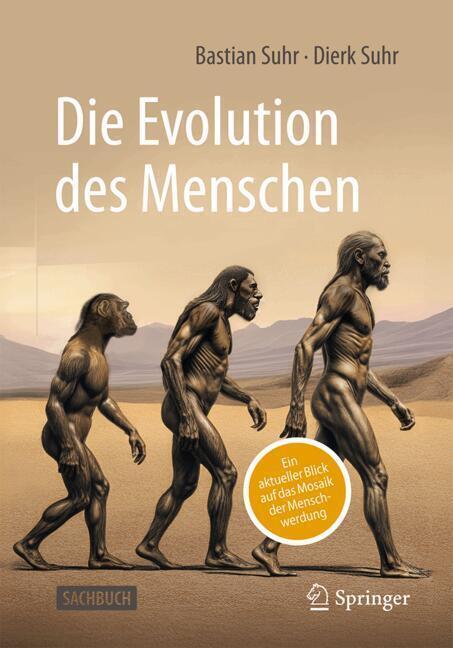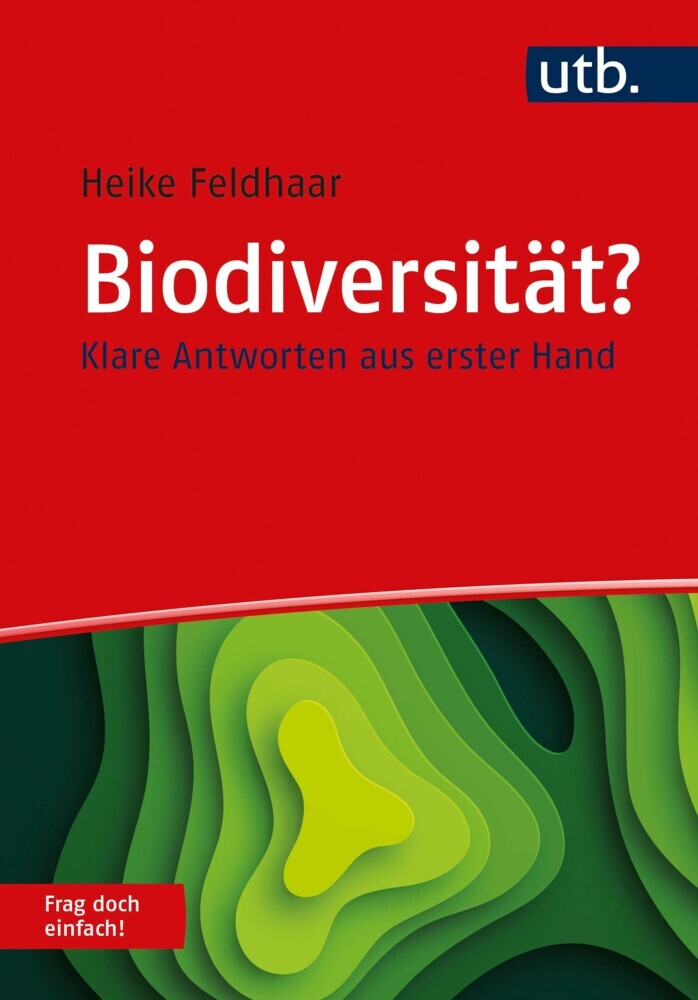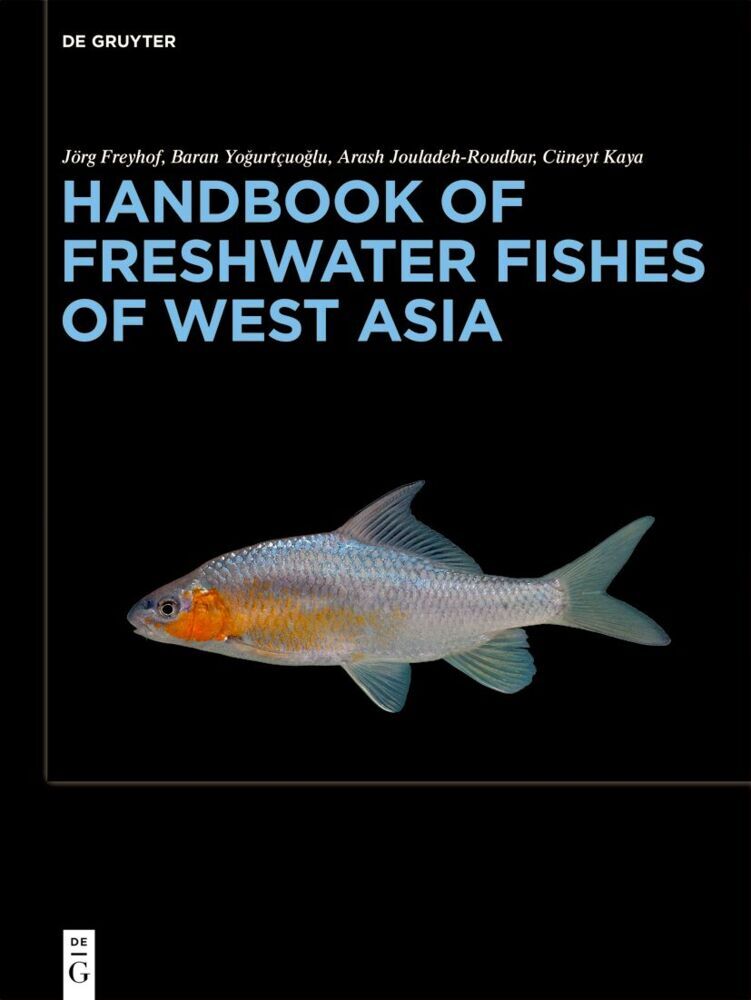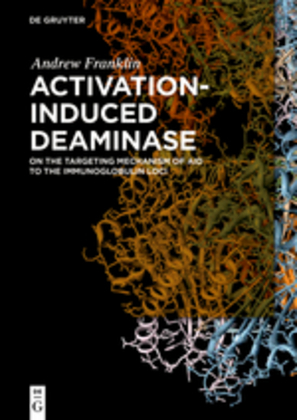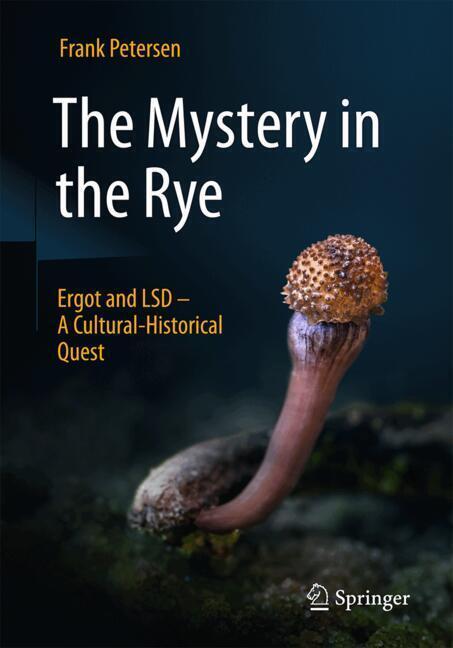To understand why we humans are as we are, it is necessary to look at the essential building blocks that comprise our nature. The foundations of this structure are our evolutionary origins as primates and our social roots. Upon these rest features such as our emotions, language and aesthetic preferences, with our self-perceptions, self-deceptions and thirst for knowledge right at the top.
The unifying force holding these blocks together is evolutionary theory. Evolution provides a deeper understanding of human nature and, in particular, of the common roots of these different perspectives.
To build a reliable and coherent model of man, leading authors from fields as diverse as primatology, anthropology, neurobiology and philosophy have joined forces to present essays each describing their own expert perspective. Together they provide a convincing and complete picture of our own human nature.
Ulrich Frey (philosophy), Charlotte Störmer and Kai Willführ (biology) work in an interdisciplinary research group at the University of Giessen, applying evolutionary theory to a broad range of fields. The following authors contributed to the chapters of this book: Karl Grammer, Benjamin Grant Purzycki, Peter Kappeler, Niklas Krebs, Ruth Mace, Elisabeth Oberzaucher, Frank Rösler, Michael Schmidt-Salomon, Mary K. Shenk, Richard Sosis and Matthias Uhl.
1;Preface;7 2;Contents;8 3;List of Contributors;11 4;Introduction;13 5;Chapter 1 Our Origins: How and Why We Do and Do Not Differ from Primates;16 5.1;1.1 Introduction;17 5.2;1.2 Why Humans Do Not Differ from Primates;18 5.3;1.3 How Humans Do Not Differ from Primates;21 5.4;1.4 How Humans Do Differ from Primates;22 5.5;1.5 Why Humans Do Differ from Primates;23 5.6;References;24 6;Chapter 2 Our Children: Parental Decisions - How Much to Invest in Your Offspring;28 6.1;2.1 Introduction to Parental Investment Theory;28 6.2;2.2 Life History Theory and Tradeoffs;30 6.2.1;2.2.1 Current vs. Future Reproduction;30 6.2.2;2.2.2 Quantity vs. Quality;31 6.3;2.3 Who Invests: Mothers, Fathers, Grandmothers, and Others;34 6.3.1;2.3.1 Mothers and Fathers;34 6.3.2;2.3.2 Grandmothers and Others;36 6.3.3;2.3.3 Are Humans Cooperative Breeders?;37 6.4;2.4 Parent-Offspring and Sibling Conflicts;38 6.4.1;2.4.1 Infanticide and Neglect;38 6.4.2;2.4.2 Differential Investment and Inheritance;40 6.5;2.5 Sons vs. Daughters: Sex Biases in Parental Investment;41 6.5.1;2.5.1 The Trivers-Willard Effect;41 6.5.2;2.5.2 Local Resource Competition and Enhancement;42 6.5.3;2.5.3 Marriage Payments as Sex-Biased Parental Investment;43 6.6;2.6 Conclusions;44 6.7;References;45 7;Chapter 3 Our Social Roots: How Local Ecology Shapes Our Social Structures;50 7.1;3.1 Adaptation and Maladaptation;50 7.2;3.2 Testing Hypotheses About Adaptation in Human Cultural Behavior Through Cross-Cultural Comparison;53 7.2.1;3.2.1 Ecological Correlates of Human Social Behavior;53 7.2.2;3.2.2 How Social Behavior is Adapted to Subsistence Strategies;55 7.2.3;3.2.3 Cultural Phylogenetics;56 7.2.4;3.2.4 Transmission of Traits from Mother to Daughter Cultures;61 7.3;3.3 Conclusions;63 7.4;References;64 8;Chapter 4 Our Selections and Decisions: Inherent Features of the Nervous System?;66 8.1;4.1 Introduction;66 8.2;4.2 Some Thoughts About Selection-Decision Architectures;69 8.3;4.3 Switching/Decision/Negotiation Modules;73 8.3.1;4.3.1 Features of Conflict Negotiation Modules;73 8.3.2;4.3.2 Evidence for Conflict-Negotiating Modules;74 8.4;4.4 Representation of Decision-Related Intervening Variables;76 8.4.1;4.4.1 BOLD Responses in Humans;77 8.4.2;4.4.2 Single Cell Responses in Animals;79 8.5;4.5 Summary and Some Implications;81 8.5.1;4.5.1 Distributed Networks and Complex Interactions;81 8.5.2;4.5.2 Nomothetic vs. Idiographic Descriptions;82 8.6;References;85 9;Chapter 5 Our Gods: Variation in Supernatural Minds;87 9.1;5.1 Introduction;87 9.2;5.2 Representing Supernatural Minds;88 9.2.1;5.2.1 The Mindreading System and Attributed Domains;88 9.2.2;5.2.2 Supernatural Minds, Variation, and Counterintuitiveness;90 9.3;5.3 Variation in Domains of Supernatural Agents' Knowledge and Concern;94 9.3.1;5.3.1 Omniscience with Heightened Concern: Prosocial Behavior;94 9.3.2;5.3.2 Imperfect Access with Acute Concern: Ritual Behavior;95 9.3.3;5.3.3 Emphases on Faith, Practice, and Social Complexity;97 9.4;5.4 Conclusion;99 9.5;References;99 10;Chapter 6 Our Preferences: WhyWe Like What We Like;104 10.1;6.1 Darwin's Problem;105 10.2;6.2 Evolutionary Constraints on Aesthetic Perception:The Body as an Evolved Form;107 10.3;6.3 The Eight Pillars of Beauty;109 10.4;6.4 Alternative Views: Neuroaesthetics;112 10.5;6.5 Alternative Views: The Evolutionary Psychology of Ugliness;113 10.6;6.6 The Future of the Adapted Mind;114 10.7;References;115 11;Chapter 7 Our Appetite for Information: Invented Environment, Non-Transparent Mind, and Evolved Preferences;118 11.1;7.1 Introduction;118 11.2;7.2 Old Cognition, New Playgrounds, and the Technological Fallacy;119 11.3;7.3 We Don't Know that We Don't Know How We Perceive Media;121 11.4;7.4 Still the Same Old Cues;124 11.5;7.5 Reality and Media: The Boundary that Never Was;126 11.6;7.6 The Old Stories Are the Best;127 11.7;7.7 Conclusion;129 11.8;References;130 12;Chapter 8 Our Best Shot at Truth: Why Humans Evolved Mathematical Abilities;131 12.1;8.1 Introduction;13
Frey, Ulrich J.
Störmer, Charlotte
Willführ, Kai P.
| ISBN | 9783642139680 |
|---|---|
| Artikelnummer | 9783642139680 |
| Medientyp | E-Book - PDF |
| Auflage | 2. Aufl. |
| Copyrightjahr | 2010 |
| Verlag | Springer-Verlag |
| Umfang | 166 Seiten |
| Sprache | Englisch |
| Kopierschutz | Digitales Wasserzeichen |





